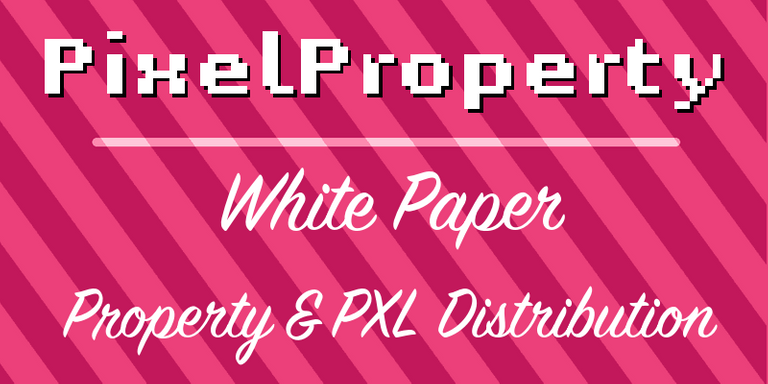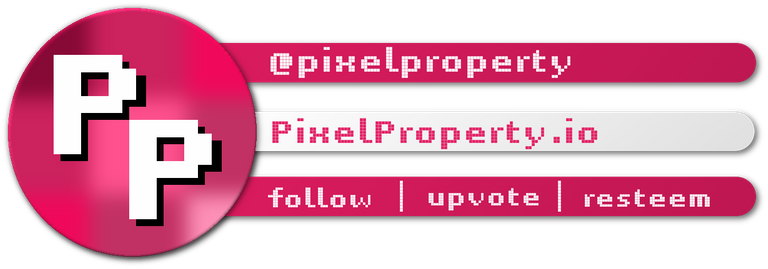
Overview
There is no PXL available on creation, as there is no premine or ICO. There will be an infinite amount of PXL generated, with the exact number being determined based on overall canvas usage, fluctuating day to day. This generated amount fluctuates with users, attempting to match the increase of coins with the demand by users, built to reach a natural equilibrium. There is no cap on the maximum amount of coins. All PXL generated will be rewarded to users based on usage.
On launch, 10,000 Properties will be created. These will be the only Properties to ever exist, each making up a specific region of the digital canvas. Properties are initially distributed by either being purchased with ETH or purchased with our earnable PXL token.

PXL Distribution
On launch, there will be no available PXL. All PXL generated is created by canvas contributions, being rewarded to both users and owners. There is no steady inflation rate, as the exact amount generated fluctuates based on usage and a number of other factors.
Each Property can generated a maximum of two (2) PXL per minute, one for the canvas updater, and one for the Property owner should there be one. When a user updates the visuals on a Property, they select the amount of coins to burn, which determines the maximum amount of minutes a user can be rewarded for. If a user burns four (4) coins, they will now generate coins for up to twenty-five (25) minutes. If another user then changes the display at the fifteen (15) minute mark, the first user would be rewarded for fifteen (15) minutes and earn 15 PXL. If another user changed the display after thirty (30) minutes, the first user would have had their generation capped at twenty-five 25 PXL for the first twenty-five 25 minutes. Generation also only occurs when Properties are in free-use mode.
Therefore, the amount of PXL generated is based on how often users update the displays of each particular Property, how many coins users burned for each update, the time between each users updates, whether a Property has an owner, and whether a Property is in free-use mode or private mode.

Property Distribution
Upon contract launch, all but ten (10) of the 10,000 Properties will have no owners, defaulted to free-use mode, allowing everyone to change every pixel of the canvas. Those ten (10) are reserved by the PixelProperty Team for marketing giveaways.
Every property is for sale at the start, sharing one price for all system-owned Properties known as the system prices. The system prices begin at .005 ETH and 100 PXL. Purchasing a system-owned Property will increase the system prices independently from one another.
Users are not forced to purchase Properties at the system prices. Users who own properties can sell to other users on the open market within the smart contract. This gives users the freedom to choose to pay open-market pricing for user-owned Properties, or pay the system price for system-owned Properties.
This pricing method is to accomplish a few goals. The first is to allow users to enter our ecosystem through both ETH and PXL, and create demand for both. Secondly, Property prices will scale with inflation, and in result will deter hoarders from purchasing the majority of Properties. Since the ETH system price is undeterministic, PXL is created for the canvas to allow system prices for system-owned Properties to ride with the supply and demand of PXL without relying on reasonable future prices for ETH.

PixelProperty Steemit Introduction
White Paper Overview - Introduction - Part 1
White Paper Overview - User Features (Part 2)
If you have any questions about our white paper or PixelProperty in general, feel free to leave a comment below!